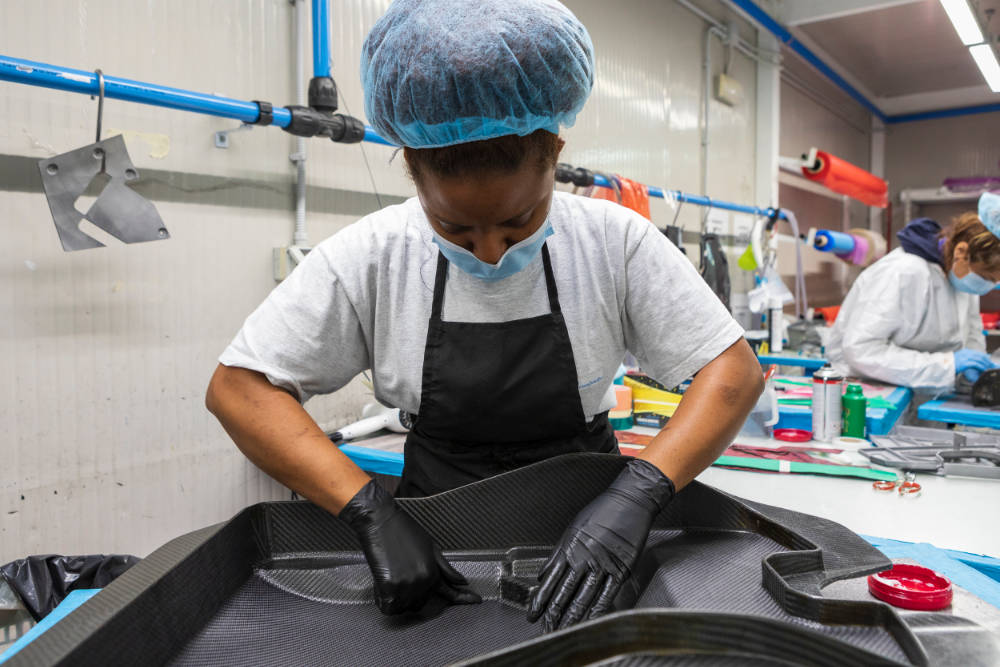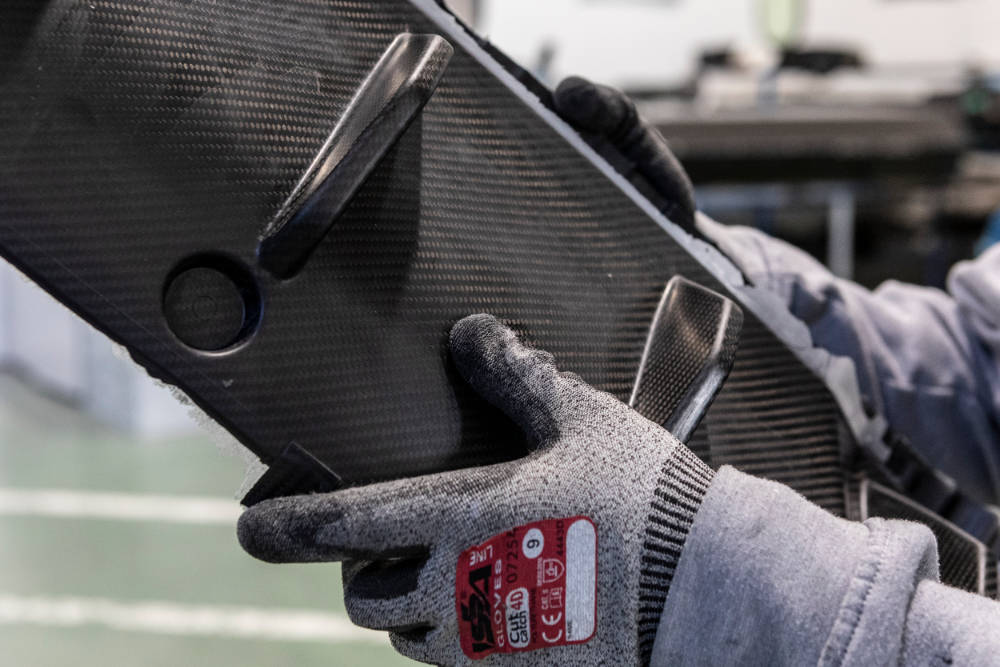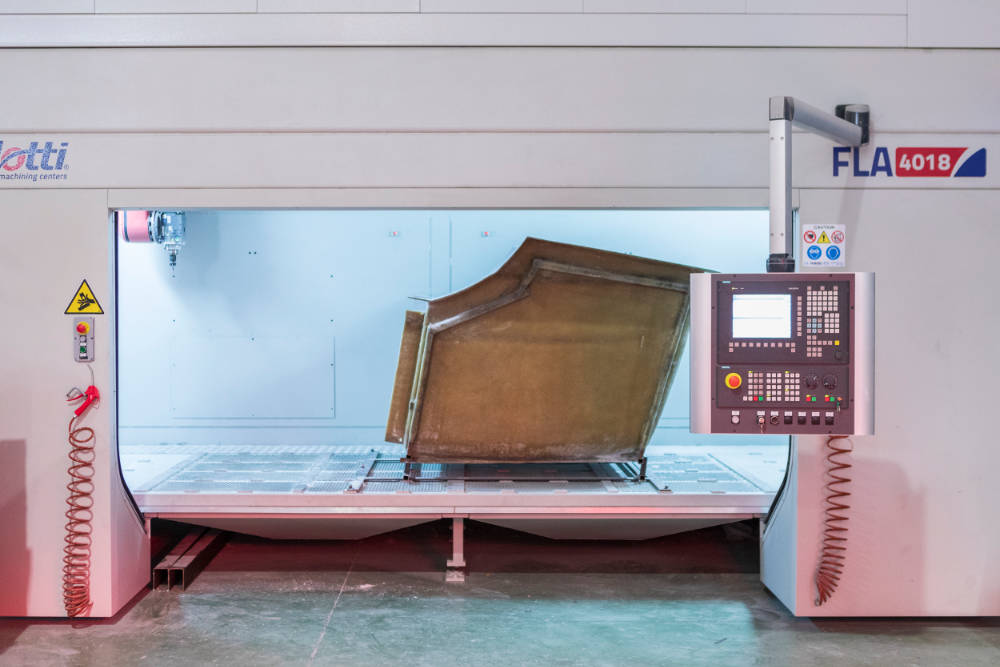Carbon is the ultimate frontier, state-of-the-art, and most resistant material today. Namely, the most recent one still has the most unexpressed potential and opportunities. It is available to everyone, and its use hides issues that can only be solved following a big technological sacrifice. It includes a careful analysis of the materials’ properties, the realisation of a stamp and the testing of the product manufactured.
It is worth pointing out that when discussing carbon, we refer in reality to a composite realised from carbon fibres as a structural component and epoxy resin. The latter serves in practice as the cement that joins the fibres. Here lies, in fact, the carbon’s distinct difference from all other materials: while in normal circumstances it is possible to manufacture products of metal composites from various parts welded together, with the carbon following the processing method starts through “leathers” made up by Carbon Fibres pre-impregnated with resin that is modelled by moulds, from simple shapes to the most varied, geometric shapes resulting either by technical analysis and structures rather than aesthetic parameters.
Inside the mould, the “leathers” are laid out according to their thickness and, of fundamental importance, to the orientation of the latter, it is possible to determine the characteristics of the products’ resistance and elasticity to realise. Conveniently orientating the fibres is also of equal thickness to the product. It is possible to obtain resistant and rigid characteristics that are very different and far superior to classic materials. The material is then compressed in the autoclave and heated; the resin catalyses and hardens.
Finally, it must be said that the carbon processing technologies are still in their early stages. The continuous distribution of this material in extreme industries such as Formula 1 or the aeronautical will undoubtedly have a technological improvement and a reduction of the materials cost.











